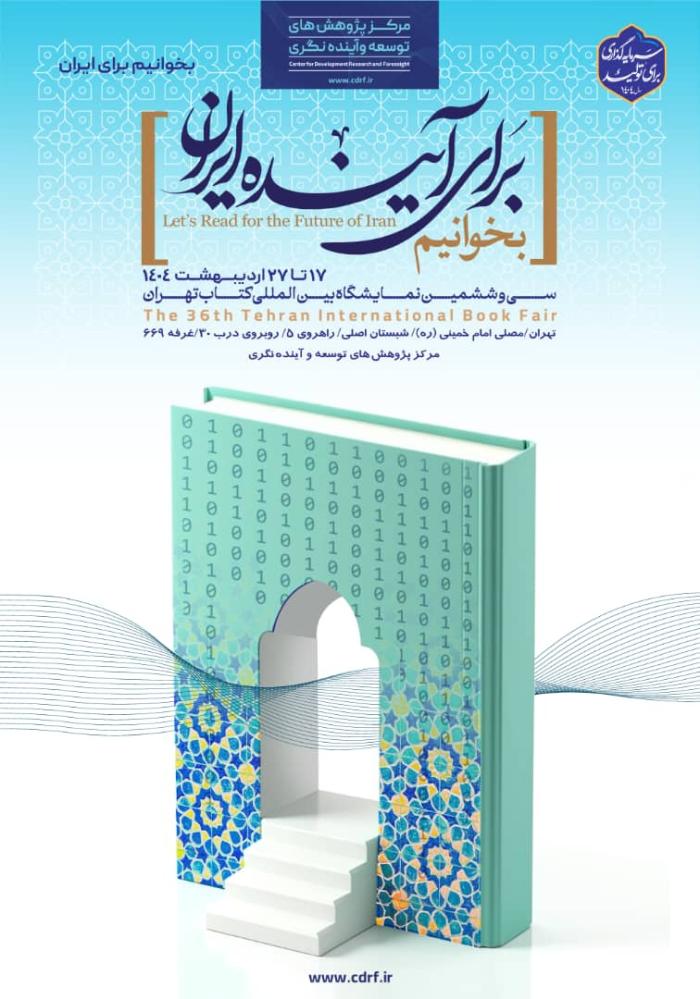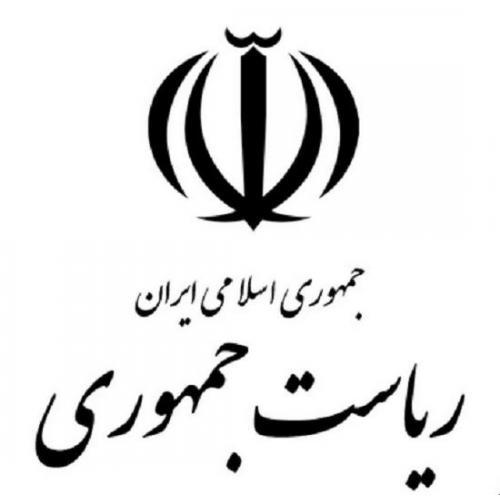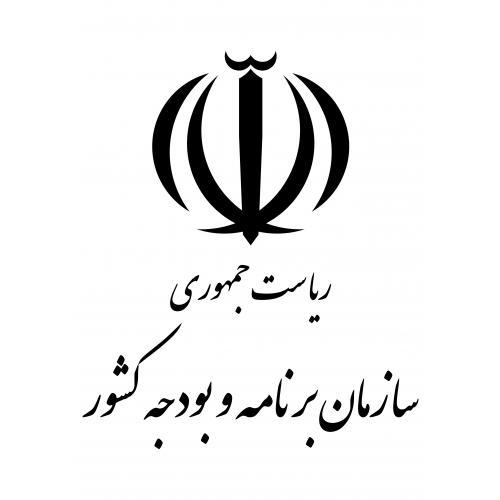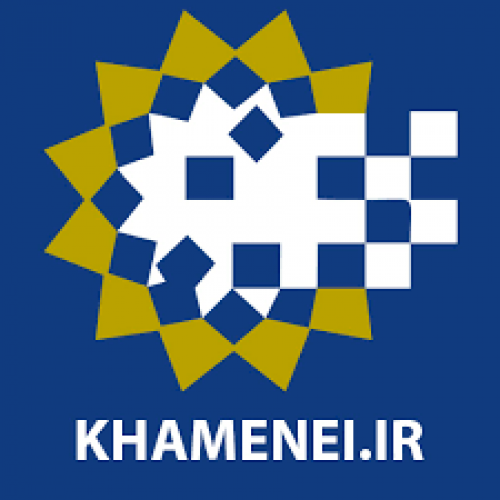

-
بررسی آییننامهها و دستورالعملهای برنامه هفتم پیشرفت
-
بررسی عوامل موثر بر افزایش تصادفات و تلفات جادهای و سوانح رانندگی و دادهکاوی تلفات انسانی
-
سازماندهی و بازآرایی فضایی آموزش عالی کشور
-
به روز رسانی سند ملی آمایش سرزمین
-
انجام مطالعات مناطق آزاد به عنوان نواحی پیشران اقتصادی کشور
-
اصلاح ساختار بودجه و پیاده سازی نظام یکپارچه مدیریت اطلاعات مالی دولت (IFMIS)
.png)
At the beginning of the meeting, Mehdi Razpour, Head of the Education Group of the CDRF and the secretary of the meeting, delivered introductory remarks on the future vision of the Islamic Republic of Iran. He stated that oil, as one of Iran’s primary sources of revenue throughout history, has played a significant role in shaping Iran’s economic and political landscape. However, in the future, two major factors may considerably impact this role. First, Iran remains heavily dependent on oil exports. This dependency has made the country vulnerable to global oil price fluctuations, while international sanctions imposed on Iran’s oil sector have led to a decline in foreign exchange earnings and increased pressure on the civil economy.
The Head of the Education Group of the CDRF further noted that the second major factor is the global shift toward renewable energy and the growing trend of reducing reliance on fossil fuels. Various nations, particularly in Europe, are actively seeking to decrease their use of fossil fuels and to expand the development of clean energy sources. These changes may lead to a decline in global demand for oil, posing a long-term threat to Iran’s oil revenues. Nevertheless, Iran still possesses substantial oil and gas reserves, which could continue to serve as a significant source of income and even as a geopolitical instrument in its international engagements.
Mehdi Razpour emphasized that Iran’s dependence or independence from oil revenues, the impact of oil price fluctuations on Iran’s economy, the remaining oil reserves, and the projected revenues from these reserves for the future of the civil economy, as well as the critical question of whether oil should continue to serve as the driving force of the Iranian economy, are all key issues that hold significant weight in shaping Iran’s future vision. He stressed that these matters require serious attention from policymakers and key stakeholders in determining Iran’s strategic direction. He added that this meeting aims to explore the role of oil in Iran’s future vision through the contributions of the invited speakers.
As the meeting proceeded, Asghar Ebrahimi Asl, former Deputy Minister of Oil during the ninth, tenth, and eleventh administrations and the main speaker of the meeting, stated that in light of existing strategic documents and the civil vision plan, it is essential to assess Iran’s current position in the fields of gas, oil, and energy. This assessment will enable us to take more precise and effective steps in drafting the next civil vision document by drawing on past experiences.
Addressing the current state of the energy sector, he noted that Iran’s recoverable reserves of crude oil and condensates amount to 159.1 billion barrels, while the total volume of oil and gas in place is estimated to be 778 billion barrels. The current crude oil production stands at 3.6 million barrels per day, with an average daily production of 113 million liters of diesel and 104 million liters of gasoline.
Asghar Ebrahimi Asl added that, globally, due to rising surface temperatures caused by increased carbon dioxide emissions—driven by population growth, urbanization, and higher living standards—energy demand is on the rise. Among the key factors shaping the global energy vision toward 2050, research institutions project the following trends: an increase in oil and gas consumption leading to peak demand by 2030; a doubling of global GDP by 2030; a 6 percent decline in coal usage; a 46 percent increase in the share of renewable energy in global electricity generation by 2030; a 25 percent rise in oil and gas consumption; and a steady annual increase of 2 percent in the use of nuclear energy through 2040.
The former Deputy Minister of Oil during the ninth, tenth, and eleventh administrations explained that emerging technologies carry a range of associated risks. Among these are the concentration of metal extraction required for renewable energy production in a limited number of countries—particularly centered around China—and the insufficiency of current mineral resource reserves to achieve a 100 percent share of renewable sources in global electricity generation.
Addressing the share of renewable energy in the national energy mix, Ebrahimi Asl stated that approximately 95 percent of final energy consumption in Iran is derived from liquid fuels and natural gas, while renewable energy accounts for only about 1.5 percent. Additionally, hydropower contributes around 3.5 percent. He also noted that energy loss and inefficient consumption across the production-to-distribution chain in Iran amount to the equivalent of approximately 1.95 million barrels of oil per day—making it the highest level of energy waste in the world. In fact, Iran experiences nearly four times the global average in energy loss throughout its energy supply chain.
Discussing the future of the global energy system, Asghar Ebrahimi Asl stated that most research institutions estimate a continued rise in fossil fuel consumption worldwide, with demand expected to peak between 2025 and 2030, followed by a gradual decline. Another defining feature of the future energy landscape will be the diversification of the global energy mix. Except for the European Union, renewable energy is anticipated to gain increasing attention in most energy-consuming countries across the world.
Later in the meeting, Mohammad Reza Akbari—faculty member at the Petroleum Faculty of Amirkabir University of Technology and Head of the Governance Working Group for the General Energy Policies of the Expediency Discernment Council of the System—stated that for at least the next twenty years, approximately 60 to 80 percent of the world’s energy supply will continue to be derived from oil and gas, unless an extraordinary development occurs that fundamentally shifts global reliance from oil and gas to another form of energy.
Regarding investment in the energy sector, he noted that approximately $700 billion annually is projected to be invested in fossil fuels up to the year 2050. However, it should be noted that investment in non-fossil fuel sources is on the rise, while the share of investment in fossil fuels is steadily declining.
This faculty member of Amirkabir University of Technology added that Iran ranks fourth globally in gas consumption, yet a significant concern is that the majority of this consumption is not efficient. While Iran holds a prominent position globally in the production and consumption of oil and gas, it does not have a comparable standing in terms of leveraging these resources economically. This indicates a remarkably high level of energy waste within the country.
Mohammad Reza Akbari continued by stating that in recent years, the pace of development in technologies competing with fossil fuels has accelerated significantly, and their cost-effectiveness is likely to increase over the coming decades. Although the overall share of fossil fuels—including coal, oil, and gas—is gradually declining globally, this decline is not observed in developing countries and is largely confined to developed, primarily OECD, nations. The coming half-century will mark the peak and decline of oil and natural gas, with oil demand expected to decrease gradually—mirroring the pace of its historical growth. Moreover, the focus of rising oil demand has shifted from the Western world to the East, including India and Southeast Asia.
In his policy recommendations, Akbari emphasized the need to focus on energy efficiency and optimization to enhance Iran’s gas export capacity and to maximize the value added from crude oil. He stressed the importance of increasing investment in upstream oil and gas sectors to align production capacity with regional and global trends. Furthermore, he advocated for the diversification of the national energy mix, including the expansion of nuclear, solar, and wind energy sources.
As the meeting proceeded, Ali Agha-Mohammadi, Head of the Economic Group of the Office of the Supreme Leader and non-ex officio member of the Expediency Discernment Council of the System, delivered the concluding remarks as the scientific chair of the meeting. He stated that energy resources are the only strategic assets currently available to Iran that can significantly enhance the country’s relationships with international strategic partners. Without establishing such partnerships, Iran will face considerable challenges in selling its oil in the future. He emphasized that beyond the sale and consumption of energy, the issue of energy storage must also be prioritized.
The Head of the Economic Group of the Office of the Supreme Leader and non-ex officio member of the Expediency Discernment Council of the System further noted that in shaping Iran’s future vision, energy—particularly oil and gas—must be recognized as a critical component of civil revenue. He underscored that revenues derived from these energy sources should be strategically directed toward civil development and advancement.
Ali Agha-Mohammadi added that revenues generated from other sectors could also be channeled into the energy domain, particularly oil and gas. For instance, the value of Justice Shares [Saham-e Edalat] is estimated at around 2 quadrillion rials (2,000 thousand billion tomans), and by directing such funds and available resources toward the development of the energy sector, significant progress can be achieved. He emphasized that no other sector has the same potential as energy—especially oil and gas—in terms of attracting technology and investment, while also driving advancements in artificial intelligence and human capital. He further noted that progress in the energy sector is indeed feasible through transformation in academic disciplines related to energy and a focused civil strategy. He further argued that concentrating efforts in this domain can lead to meaningful development and technological self-sufficiency.
In the proceedings of the meeting, the experts and specialists expressed their viewpoints and posed their questions.
It is noteworthy that this meeting was held on February 5, 2025, both in-person and virtually, with the participation of national and provincial executive agencies, universities, research centers, and think tanks, at the Hossein Azimi Hall located in the CDRF.



